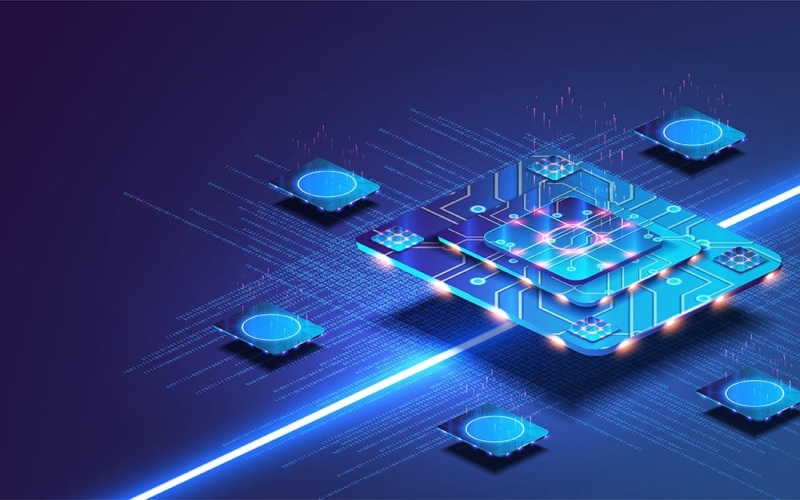The concept of a quantum internet has long been a tantalizing dream for scientists and technologists. This futuristic network promises unparalleled security and computational power, leveraging quantum mechanics’ strange and fascinating principles. Recent breakthroughs in quantum memory technology bring this vision closer to reality, marking significant strides towards establishing a functional quantum internet.
The Promise of Quantum Internet
A quantum internet differs fundamentally from the classical internet. It harnesses the principles of quantum entanglement and superposition to enable instantaneous communication and ultra-secure data transmission. In such a network, information would be encoded in quantum bits, or qubits, which can exist in multiple states simultaneously and be entangled with other qubits over vast distances. This entanglement allows for the instant transfer of information, known as quantum teleportation, and makes eavesdropping virtually impossible.
Breakthroughs in Quantum Memory
Central to developing a quantum internet is the creation of reliable quantum memories. These devices store quantum information, allowing for the synchronization and transmission of qubits across a network. Recent experiments have achieved significant milestones in this area, demonstrating the practical viability of quantum memories.
One notable advancement comes from researchers who have developed a quantum memory capable of storing and retrieving entangled photon pairs with high fidelity. These experiments involve trapping and cooling atoms to near absolute zero, creating conditions where quantum states can be manipulated with extreme precision. Using laser pulses, scientists can transfer the quantum state of a photon into an atomic ensemble, effectively “writing” the information into the quantum memory. Later, the information can be “read” accurately, preserving the entangled state.
Real-World Applications and Tests
Implementing quantum memory systems in real-world settings has been a critical step towards a functional quantum internet. Recent tests have focused on integrating these systems with fibre optic networks, demonstrating that quantum signals can be transmitted over practical distances.
In one pioneering experiment, researchers successfully transmitted quantum information between quantum memories in separate buildings connected by optical fibres. This setup mimicked real-world conditions, proving that quantum entanglement can be maintained over long distances despite environmental noise and interference. Such tests are crucial for scaling and integrating quantum networks with the current internet infrastructure.
Challenges and Future Prospects
While these advancements are promising, several challenges remain before a global quantum internet can be realized. One of the primary obstacles is the loss and decoherence of quantum signals over long distances. Quantum repeaters, which can extend the range of quantum communication by periodically refreshing and retransmitting the signals, are still in the early stages of development.
Another significant challenge is creating scalable and cost-effective quantum hardware. Current quantum memory systems are complex and require extremely low temperatures, making them impractical for widespread use. Material science and engineering advances are needed to develop more robust and accessible quantum technologies.
Despite these hurdles, quantum memory and communication progress is a testament to the rapid pace of innovation in quantum technologies. Governments and private companies worldwide invest heavily in quantum research, driven by the potential economic and strategic advantages of leading in this field.
The Implications of a Quantum Internet
The realization of a quantum internet would have profound implications across various sectors. For cybersecurity, it would offer unprecedented levels of data protection, making it virtually impossible for hackers to intercept communications. In finance, secure quantum communication could revolutionize transactions and information exchange, reducing the risk of fraud and cyber-attacks.
In science and technology, a quantum internet could facilitate new forms of computation and simulation, accelerating advancements in cryptography, materials science, and drug discovery. The ability to perform complex calculations and transmit data instantaneously could unlock solutions to problems currently intractable with classical computers.
Conclusion
Remarkable scientific achievements and formidable challenges mark the journey towards a quantum internet. The recent breakthroughs in quantum memory technology and real-world tests of quantum communication systems represent significant steps forward. As research continues and technology evolves, the dream of a quantum internet inch closer to reality, promising to transform how we communicate, compute, and secure information in the digital age.

